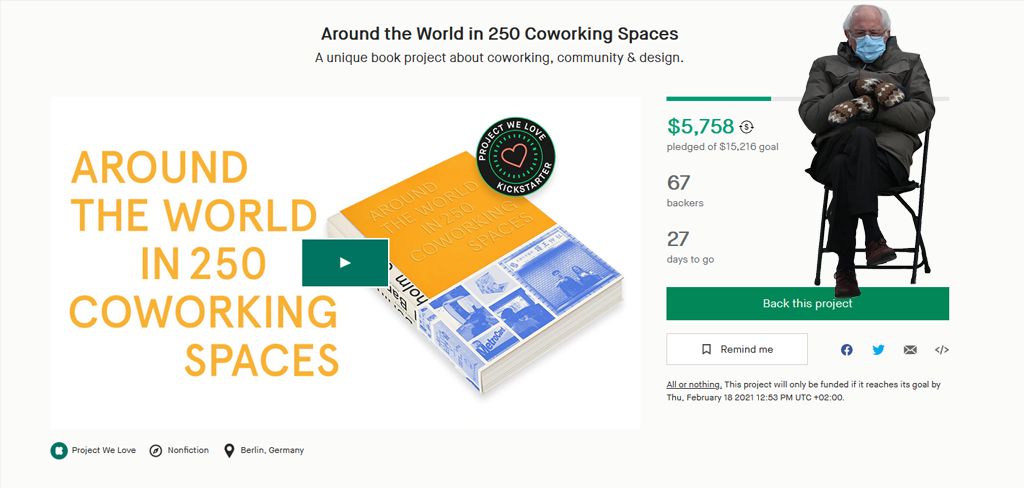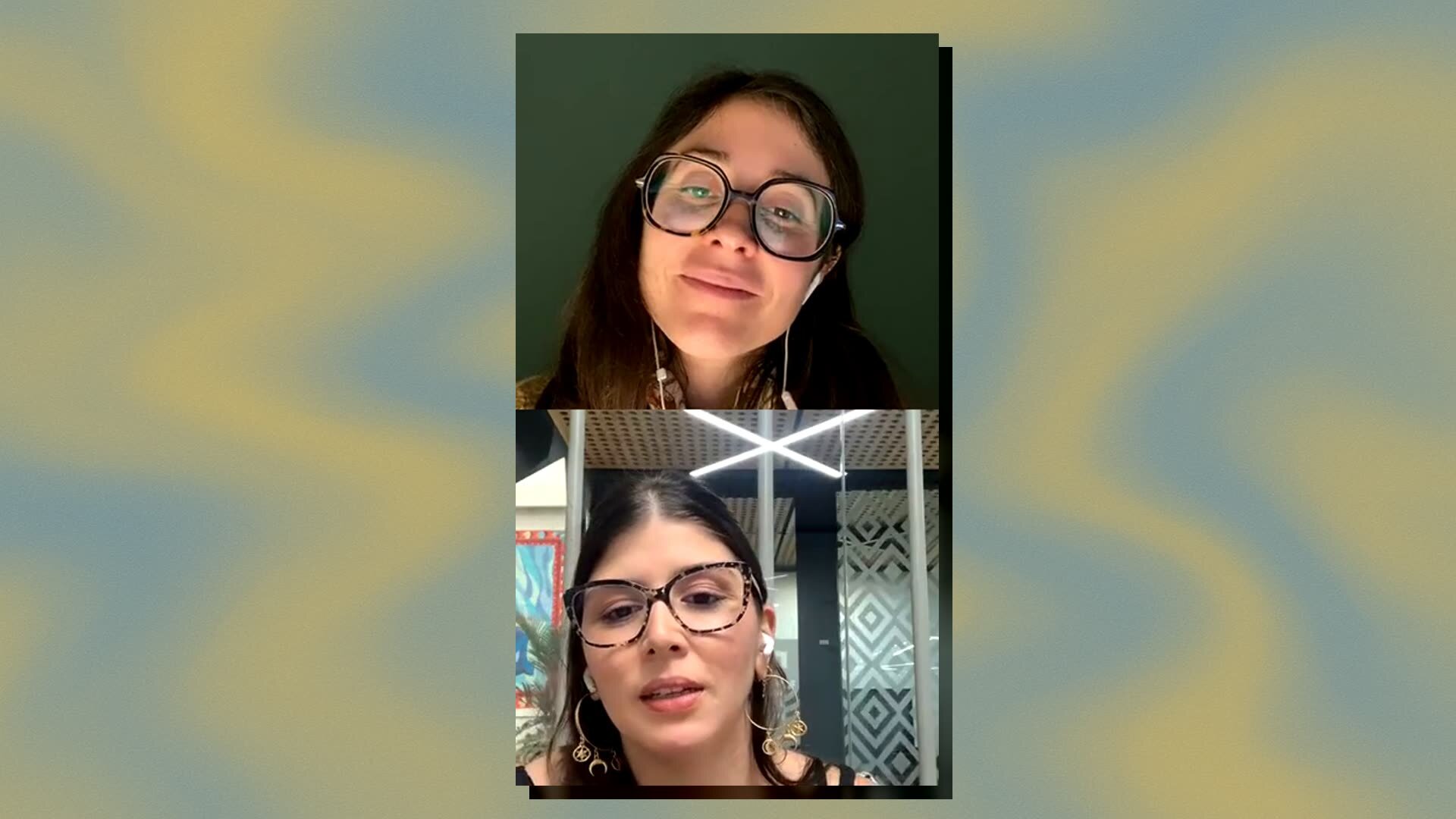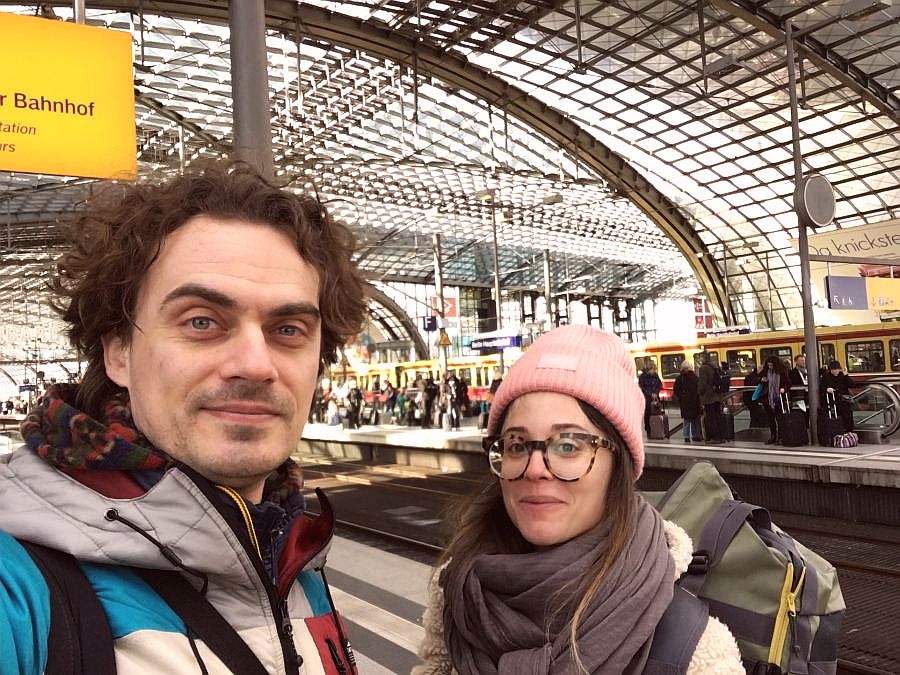Today is a big day as after 2 years of work and iterations, our book on coworking “Around The World in 250 Coworking Spaces” is finally launching.
This blogpost summarizes the genesis of the project.
Why a book on coworking?
If you follow our journey since the beginning, or if it is the first time you read one of our blog posts, there is one thing you need to know about us. Over the last 5 years, and following our first encounter with coworking back in 2015 in Berlin, we’ve decided to focus our time and effort in understanding why and how people start coworking spaces around the world.
While at first, we started to travel around Europe, opportunities to go further came our way. Hence, since we started, we’ve had the chance to visit 420 coworking spaces across 47 cities from Tokyo to New York.
And it is actually in New York that things took a turn for us. Back in 2017, while visiting a coworking space called Based In and chatting with its founder Tomas about his story and ours, he ended our chat with a sentence: “You guys have seen so much, you should really write a book!” The idea surely sounded appealing when we heard it for the first time, but because we were rather focused on trying to build Coworkies and connect members from coworking spaces globally, we didn’t go home and start writing.
Continuing our journey to new cities and spaces, this idea of making a book started to come more and more on the table. At some point, pretty much every meeting we were going out of was ending with “so when is the book coming out?” or “will you make a book about your journey?”. Seeing the people we were meeting projecting themselves into the idea of a book, felt like what we call in the startup world “a product-market fit”.
Iterating on the idea, we started to think about the kind of book we would like to bring to the world. Should it be online, offline, what kind of content should we put in it, for who would we be making it, etc…
Somehow, all the answers came naturally to us, leading me to how we made it happen.

Our journey to bringing this book on coworking to life
Deciding on the format
Once we knew we wanted to write a book, the first thing we had to decide was whether we would do a physical book or an online one. While this is an eternal debate, the answer, in our case, became very evident: “Around The World in 250 Coworking Spaces” would be a coffee table book.
Why?
Looking at the content and resources available for people interested in coworking and, more generally, the flexible workspace’s world, we understood pretty much everything was online. Our thinking, through this book, was to offer any reader the possibility to really take a moment to dive into the topic, take notes, let her/his mind wander while experiencing something at a slower pace. In a fast-paced world, where people are bombarded with content on their phone or computer all the time, we wanted to offer them a moment to pause, learn and (or) reflect, leading us to the decision to make an offline book.

Giving the book a purpose through its content
The structure of the book was another journey in itself. Deciding how to tell the stories of all the spaces we met was not an easy task, nor the way to bring it together. But, as in everything, you have to start somewhere to know where to go and that’s what we did.
At first, we asked ourselves if we should take people on a travel journey through our own perspective: meaning, from one city to another, presenting the different spaces we visited with our own words. Although this sounded interesting at first, it is not what we opted for.
Through the book, we wanted to offer the spaces we met an opportunity to tell their stories, in their own words and with their own perspective. Why such a choice? Through our different encounters with coworking founders and coworking teams, they transmitted to us their passion and dedication in bringing their coworking, coliving or makerspaces to life. Hence, the book needed to be a vessel for them to share their passion, their entrepreneurial journey with all it implied: the good and the lessons learned along the way. Around The World in 250 Coworking Spaces is what we call a collection of stories you can’t just google. And we mean it.
Through the 250 interviews we conducted with spaces, we collected unique stories, straying away from any marketing message. Flipping through the pages, readers won’t find chapters or themes because that’s not what coworking is about and it seems rather limiting to categorize a coworking space in just one “box”.
Now you might wonder “then why didn’t you stick with cities?”. Our answer to that is “because that would be too obvious”. A book, in its essence, is a special object and we had at heart to create a special experience with and around it.
Hence, the content is structured around tags. Opening the book, readers will discover a series of tags describing coworking spaces. From seniors to parents, or from remote coworking to coffices, each space will have more than one tag and readers will be able to decide what they want to learn at first. And for those who are unsure of where they want to start, just flipping through the first pages will immediately bring them somewhere fascinating.
But the content is not just stories of spaces. We’ve also invited companies that inspire us with their work, like global office furniture provider Kinnarps and access control system leader SALTO to talk about their savoir-faire and share with readers how they elevate the overall experience at work through better design and the usage of seamless technology.
Lastly, readers will also be able to learn about bits and pieces of our travels. Traveling the world while bootstrapping has taught us a lot. In the book, we also share with readers anecdotes, behind the scenes of our own travels and discoveries.

Bringing it to life through design
Format – Check.
Content structure – Check.
What’s next? A crucial part: the design.
We’ve iterated left and right on how the book should look like. But we’ve been able to find the perfect person for it: Madalena.
We’ve actually met Madalena in.. a book! While traveling to Portugal to attend Cowork Buzz, the Portuguese coworking conference in Porto, we made a stop, on our way back, to Lisbon to visit a few spaces. In between meetings, we entered the oldest library in town and came across a really nice book about the history of shops across town. Liking its design and cover very much, we bought it, at first for inspiration.
Little did we know that a few months later, the person who designed that same book, would become the designer of Around The World in 250 Coworking Spaces. And yet she did. I would prefer for you to discover the design process through Madalena’s own words. She described it on our Kickstarter’s campaign page, make your way there if you are interested to know more.
What I can share with you here about the design process is that, similar to its content, we worked hard in creating an experience with it, right from its cover. Knowing that the book might be displayed in coworking spaces around the world, we wanted it to be a beautiful object, one that would pop out on a shelf by its color and (false) simplicity. But once in their hands, readers will discover the full experience: from different colors for different stories to different papers for an elevated reading experience. Or from a cover that’s constructed around travels, with a flap that has been reversed to allow the book to stand straight and semi-open, inviting readers to travel.

Print the book
The last step before holding the books in our hands was to find a printer, and thanks to Madalena, we found one in Lisbon. Alberto and his team have understood, since day one, what we wanted to create with the book. They have followed our ideas and found ways to make the things we imagined possible.
Now, while the PDF is almost ready to make its way to Alberto and his team, we brought the book to its last before final stop: Kickstarter.
Why Kickstarter?
For a few reasons.
First, our intention was to bring the topic of coworking to a wider audience. Kickstarter being an online platform for curious minds, we believed it was the perfect fit for the book.
Second, we also wanted to involve our community in the last step before printing by offering them the opportunity to support the book in its early stage. We’ve prepared a campaign where we offer our early backers and supporters plenty of opportunities to discover the book, and the spaces featured in them and if you read me until here, I would love for you to join us.
Make your way on Kickstarter to discover the book campaign!
If you want to help, do not hesitate to share the project with people you believe would be interested in it.



